Beef jerky seems so expensive at the store. I always pass by it because I never feel like I’d get a good value out of it. Then I came across the recipe in Modernist Cuisine and thought I could do it for cheaper. Well, not really.
Slice The Jerk
First up was buying a nice piece of flank steak. That alone cost $20. Oh, OK. I only used half of it for the jerky, so I cut it down to $10. And I haven’t even started to make it yet. I suppose the jerky at the store is a steal after all.
1. Cut with grain into even rectangular strips 5mm thick, and set aside.
Flank steak isn’t the most cooperative cut of meat to slice even thinner than it already is, but I did my best.
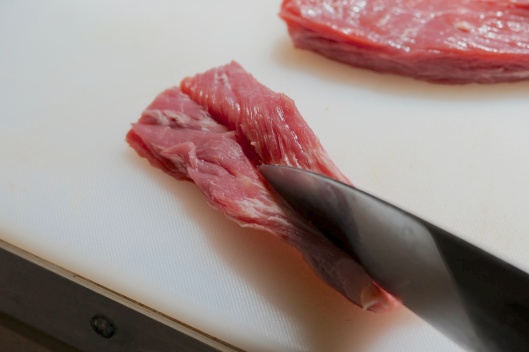
Cure The Jerk
From there I created the cure for the meat: Soy sauce, fish sauce, sugar and salt. The percentages were very exact – 2.8% here, 1.06% there, so I obliged and did my proper ratio calculations.
Now, I have to ask myself, what exactly am I doing here? Am I brining, curing, or marinating? Brining applies just enough salt to the meat to allow the muscle fibers to swell to retain water when the meat is cooked. An example would be a salt brine for chicken. Curing is meant as a form of preservation, so it applies salt to meat to transform the texture and flavor of the meat, and is usually dehydrated or “ripened” afterward to get the water content out and have flavor compounds develop. Marination also transforms the flavor and texture of food, but can do so with many types of ingredients – salt, sugar, herbs, spices, even yogurt.
We are applying a salty solution to the meat and then dehydrating it. So then, curing. That’s what we are doing.
3. Place meat strips in marinade.
Hey! C’mon! It’s a cure. Right? The marination section of the book doesn’t even start for another five pages. Sigh.
Anyway, I threw the steak in the cure, sealed her up, and waited for two days for the salt and flavoring to suffuse throughout the meat.
Zap The Jerk
Now it was time to apply some good old fashioned microwaving. Microwaves in the home have been around since 1967. Some people weird out on them because they use microwaves, a type of electromagnetic radiation. Televisions, mobile phones and radios use electromagnetic radiation as well. None have ever been proven to be a threat to human health. Approximately 90% of US households have a microwave. If there was a danger, I think after 45 years a pattern would have emerged. So I think we’re OK here.
I drained the cure out, and you could see that it had suffused well, darkening the color of the meat.
After patting the meat dry, I laid out three strips on a plate. I cooked them at 50% power for five minutes, flipping them over at one minute intervals, and draining off any liquid coming out of the meat. Halfway through they began to look cooked.
My slices were a little thicker than 5mm, so I microwaved them for another minute or so, and, wouldn’t you know it, ended up with homemade beef jerky.
It was a little soft and chewy, and the flavor was a little more tangy than I prefer, but it definitely worked.
Dry The Jerk
The recipe suggests to dehydrate it traditionally without a microwave as well, so I did that too. Instead of six minutes, it took about 10 hours.
This method was superior. The texture and flavor were now spot on. And that impossibly kind of tough chewiness that’s almost kind of annoying, just like the real thing.
The last thing to do was seal it up and have them ready to eat. I’m going on a hike this weekend and they’ll be a perfect snack while going along the trail. The flank steak might have been a little pricey, but the hike should be free, so I suppose it’ll all even out in the end. Besides, pulling out homemade beef jerky to share with your fellow hikers? Priceless.
Jethro

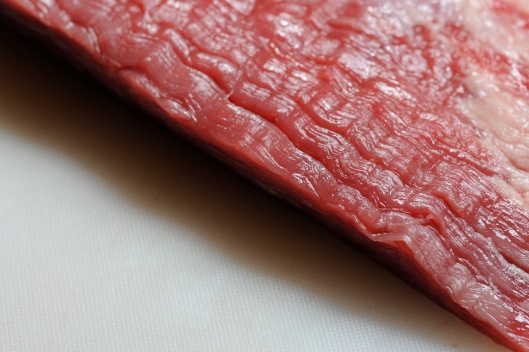
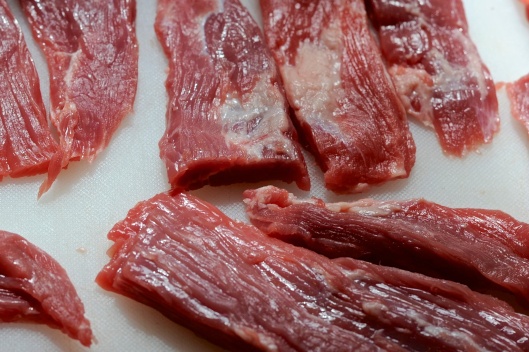
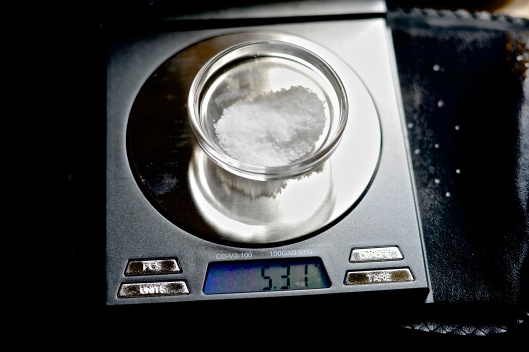
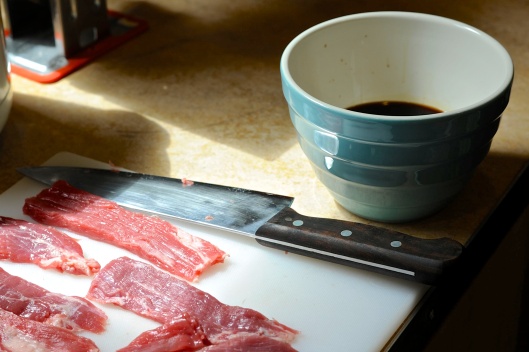
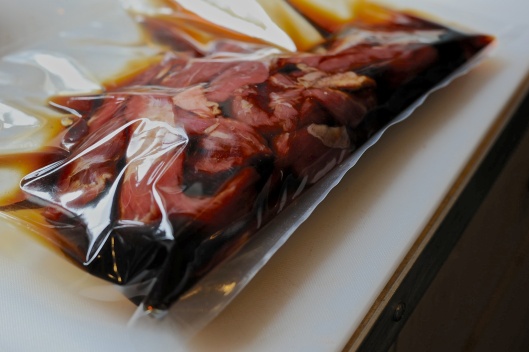
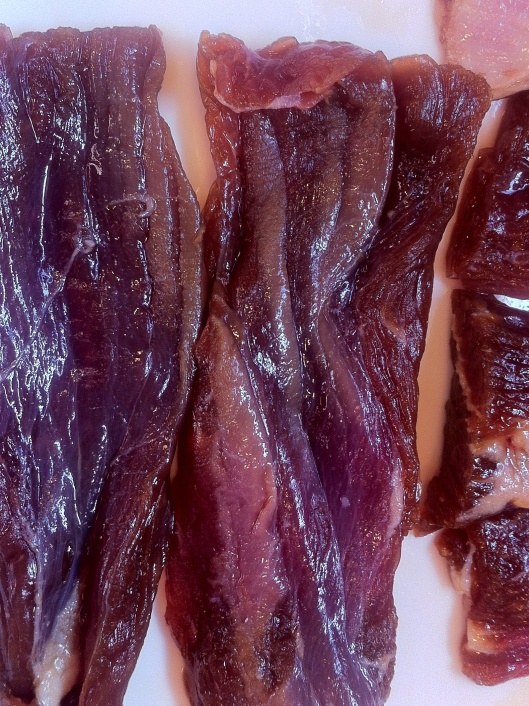
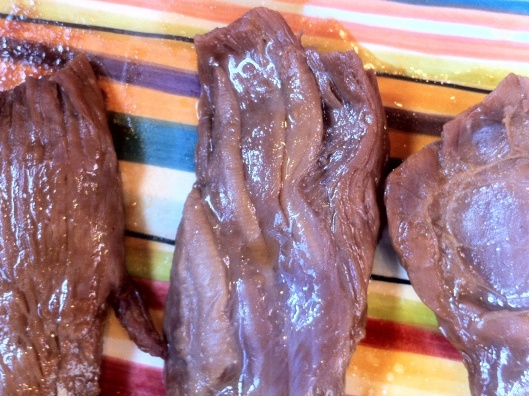
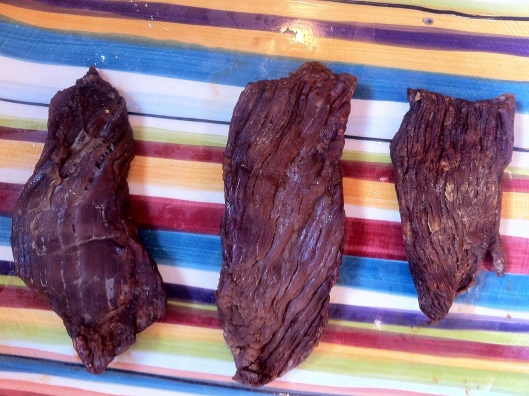
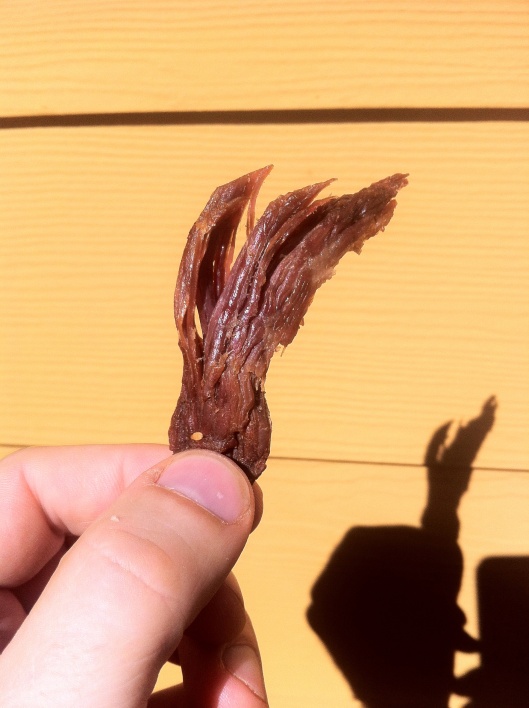
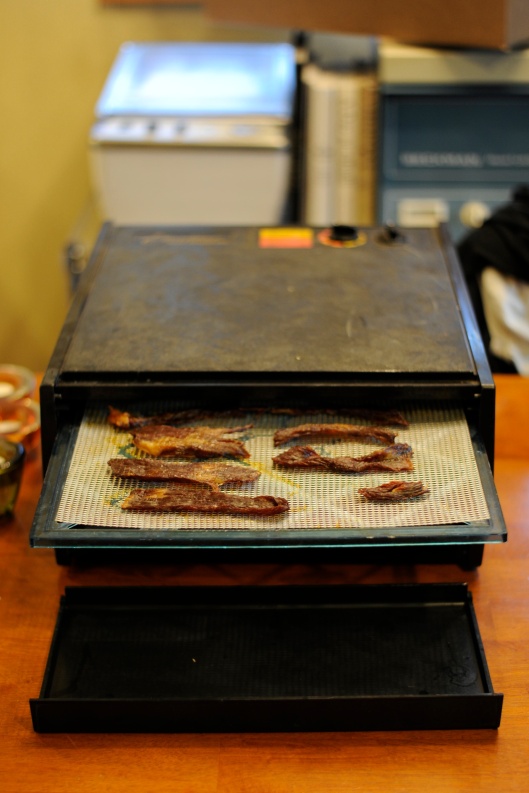
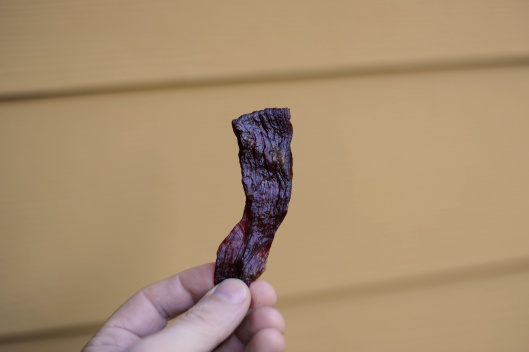
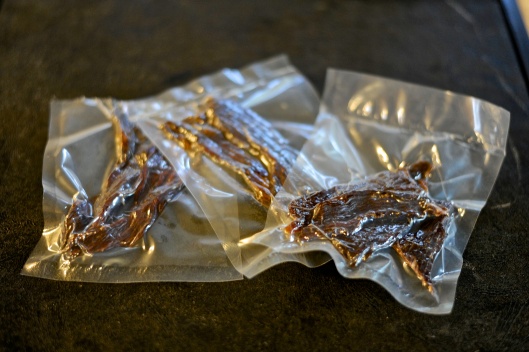
Get cheaper pieces of meat, and attach with meat glue (do you really think they use top quality meat?!!?). Wrap in plastic wrap in a cylinder, and freeze. thinly slice against the grain with a meat slicer. Marinate. Dehydrate. The slices will not be tough/chewy as you cut against the grain.
Pingback: Tidbits: more tortillas, lobster murder, and torched ice cream
Pingback: Modernist Cuisine At Home: Kalbi Flank Steak « Jet City Gastrophysics